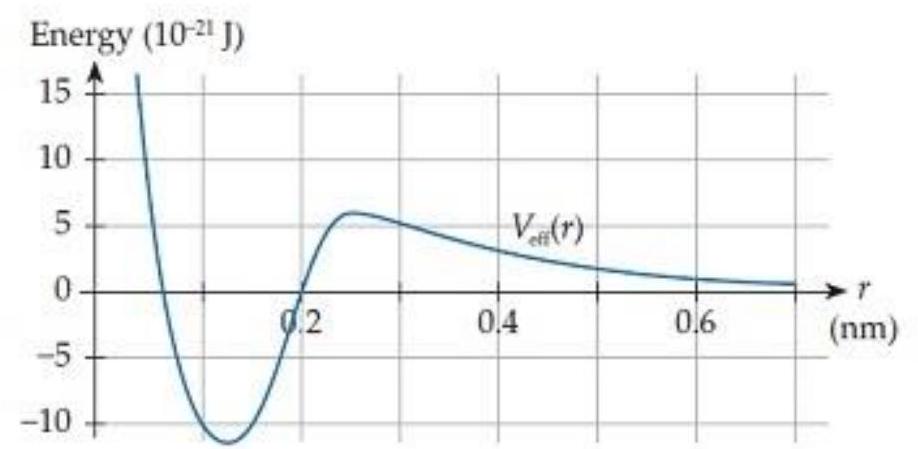Multiple Choice

In the hypothetical atomic interaction shown in figure C9.13, suppose that initially the system's kinetic energy is at an initial separation of . About how much energy would we have to add to the system for the atoms to fly off to infinite separation?
A)
B)
C)
D)
E) None. The atoms will do so without adding energy.
Correct Answer:
Verified
Related Questions

